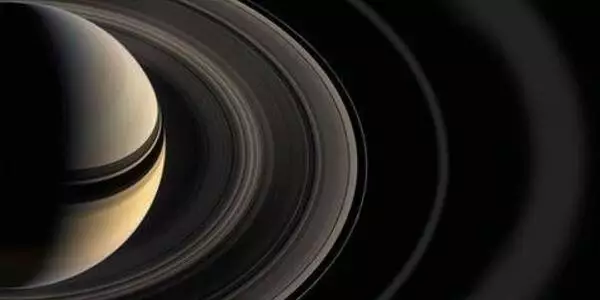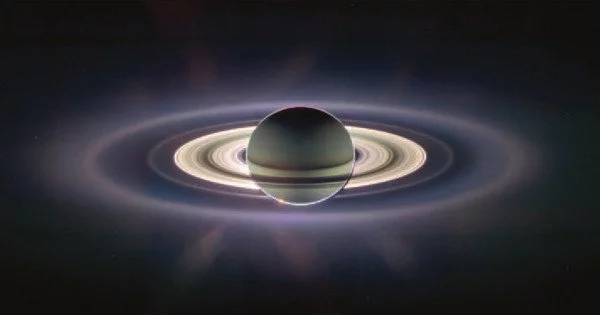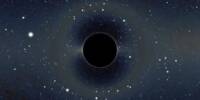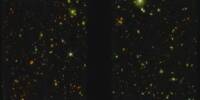Using eclipses to calculate the transparency of Saturn’s rings entails studying how the rings block or transmit sunlight during a solar eclipse. Astronomers can observe changes in the brightness and duration of the eclipse when Saturn’s rings pass in front of or behind the planet.
A PhD student at Lancaster University measured the optical depth of Saturn’s rings using a new method based on how much sunlight reached the Cassini spacecraft while it was in the rings’ shadow. The optical depth of an object is related to its transparency, and it indicates how far light can travel through that object before being absorbed or scattered.
The study, led by Lancaster University in collaboration with the Swedish Institute of Space Physics, was published in the Royal Astronomical Society’s Monthly Notices.
Cassini, a NASA-ESA spacecraft, was launched in 1997 and arrived at Saturn in 2004, conducting the most comprehensive survey of the planet and its moons to date. Cassini’s mission concluded in 2017 when it plunged into Saturn’s atmosphere after diving 22 times between the planet and its rings.
As the probe is metallic, whenever it is sunlit, the sunlight can give enough energy to the probe to release electrons. This is the photoelectric effect, and the electrons that are released are so-called ‘photoelectrons. They can create problems though, as they have the same properties as the electrons in the cold plasma around Saturn and there is not an easy way to separate the two.
Dr Chris Arridge
Under the supervision of Dr Chris Arridge, Lancaster University PhD student George Xystouris examined historic data from the Langmuir Probe on board Cassini, an instrument that measured the cold plasma, i.e., low energy ions and electrons, in Saturn’s magnetosphere.
They concentrated their research on Cassini’s solar eclipses: times when the spacecraft was in the shadow of Saturn or the main rings. The Langmuir Probe recorded dramatic changes in data during each eclipse.
George said: “As the probe is metallic, whenever it is sunlit, the sunlight can give enough energy to the probe to release electrons. This is the photoelectric effect, and the electrons that are released are so-called ‘photoelectrons. They can create problems though, as they have the same properties as the electrons in the cold plasma around Saturn and there is not an easy way to separate the two.”

“Focusing on the data variations we realised that they were connected with how much sunlight each ring would allow to pass. Eventually, using the properties of the material that the Langmuir Probe was made of, and how bright the Sun was in Saturn’s neighbourhood, we managed to calculate the change in the photoelectrons number for each ring, and calculate Saturn’s rings optical depth.”
“What a unique and exciting outcome!” We used a Langmuir Probe instrument designed primarily for plasma measurements to measure a planetary feature, which is a first for the Langmuir Probe, and our findings agreed with previous studies that used high-resolution imagers to measure the transparency of the rings.”
The main rings, which extend up to 140,000 km from the planet but have a maximum thickness of only 1km, will be visible from Earth by 2025. The rings will be tilted edge-on to Earth in that year, making viewing them nearly impossible. During the next phase of Saturn’s 29-year orbit, they will tilt back towards Earth and become more visible and brighter until 2032.
“It is always good to see a postgraduate student involved in using space probe instrumentation in an unusual and inventive way,” said Professor Mike Edmunds, President of the Royal Astronomical Society. This type of innovation is exactly what is needed in astronomical research – and it is an approach that many former students in a variety of careers are using to help address the world’s problems.”
















